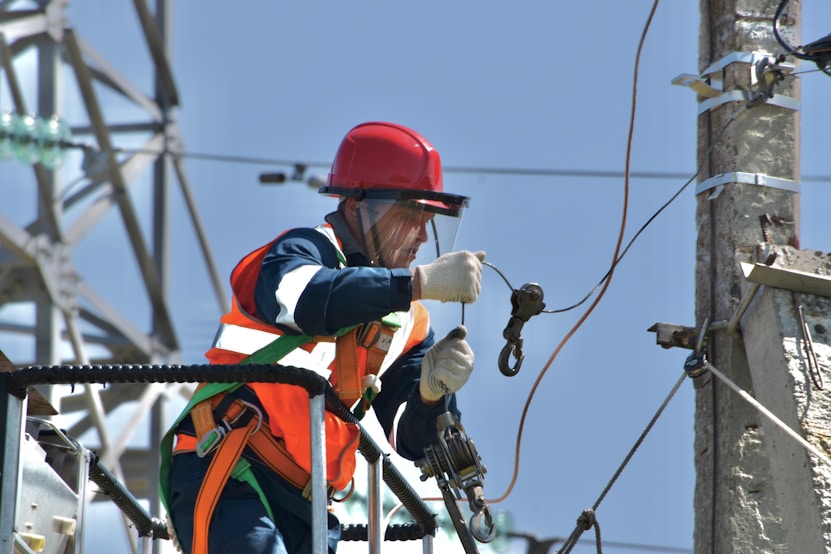The power panel — also known as the breaker box, electrical panel, or fuse box — is the central hub of your home’s electrical system. It controls and distributes electricity to every room, outlet, and appliance. While it might seem intimidating at first glance, understanding how your power panel works is essential for every homeowner.
Here’s a helpful guide to help you get familiar with your home’s power panel, why it matters, and how to safely interact with it.
What Is a Power Panel?
Your home’s power panel is a metal box, usually mounted on a wall in a utility room, basement, garage, or even outside the home. Inside, it contains circuit breakers or fuses that control the flow of electricity to different parts of the house.
It serves three main purposes:
- Distributes electricity throughout your home.
- Protects circuits from overloading by tripping (shutting off) during faults.
- Provides a central control point to shut off power during emergencies or repairs.
Parts of a Power Panel
To get comfortable with your panel, start by identifying the key components:
- Main Breaker: This is usually a large switch at the top or bottom of the panel. It controls the power supply to the entire house and can shut everything off in one move.
- Circuit Breakers: These smaller switches control individual circuits, like your kitchen, bedrooms, HVAC system, etc. Each one is usually labeled.
- Labels or Directory: A chart or list inside the panel door tells you which breaker controls which part of the house.
- Neutral and Ground Bars: Metal bars with screws that secure the white (neutral) and bare copper or green (ground) wires.
Why It’s Important to Know Your Power Panel
Many homeowners only look at their panel when the lights go out. But knowing how to navigate it can help you:
- Reset tripped breakers quickly without calling an electrician.
- Safely turn off power before doing minor electrical tasks (like replacing a light fixture).
- Identify overloaded circuits before they become a fire hazard.
- Respond in emergencies, such as electrical fires or flooding, by shutting off the main breaker.
How to Safely Use Your Power Panel
Here are some basic safety tips:
- Turn off appliances before resetting a tripped breaker to prevent power surges.
- Use one hand when flipping breakers and keep the other hand away from the panel.
- Keep the panel accessible and not blocked by furniture, storage, or clutter.
- Wear dry shoes and avoid touching the panel if you’re wet or standing in water.
- Never remove the panel cover to expose wiring unless you’re a qualified electrician.
Label Your Breakers (If They Aren’t Already)
A clearly labeled power panel is incredibly useful. If your panel doesn’t have an accurate directory, it’s worth taking time to test each breaker and label it properly.
You can do this by:
- Turning off one breaker at a time.
- Noting which outlets, lights, or appliances lose power.
- Using a label maker or permanent marker to mark each breaker slot.
Tip: Do this with the help of another person so one can flip breakers while the other tests areas.
When to Call a Professional
While basic interaction with your power panel is safe and encouraged, some things require a licensed electrician:
- Installing new breakers or circuits
- Replacing a faulty panel
- Dealing with repeated breaker trips
- Experiencing burning smells, sparks, or signs of overheating
Conclusion
Understanding your home’s power panel is a simple but powerful way to take control of your home’s safety and functionality. It’s not just for electricians — with basic knowledge, any homeowner can confidently reset a breaker, shut off power during an emergency, and identify when to call for professional help.
Take a few minutes to open your panel, study the layout, and make sure everything is labeled. It could save you time, money — and in some cases, prevent serious electrical hazards.

